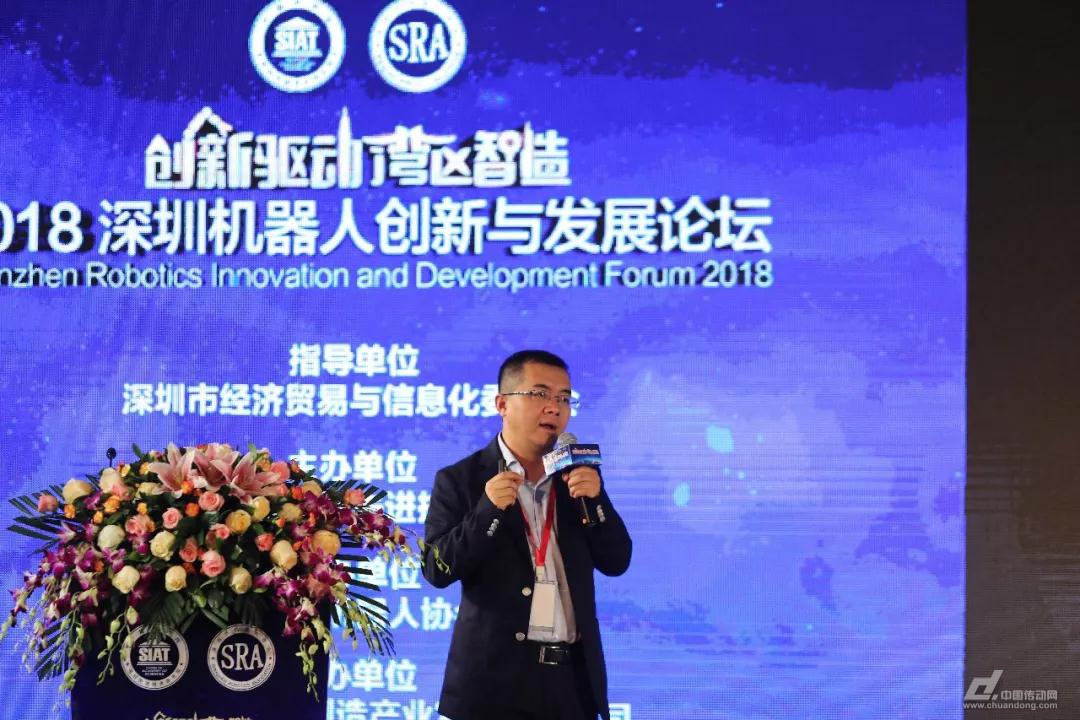Intelligent AI, intellectual enjoy the future

Ke Dafei, Vice President Yu Jidong
At the start of the year, the 2018 Shenzhen Robot Innovation and Development Forum took place at the Venice Ruidu Hotel in Shenzhen. The event focused on "Innovation drives the wisdom of the Bay Area," bringing together industry leaders, experts, and scholars to discuss the future of robotics and AI in technology, applications, finance, and services. During the forum, Yu Jidong, Vice President of HKUST, delivered a speech titled “Smart AI, Smart Future,†which is now shared with readers.
From 2015 to 2018, the robot industry has seen rapid growth, and it's expected that within the next three to five years, the sector could reach a scale of over one trillion dollars. Intelligent robots are key to advancing artificial intelligence, as they serve as physical embodiments of AI. While people often associate AI with humanoid robots, the real potential lies in integrating cognitive intelligence—something that has been progressing rapidly in recent years and is set to make major breakthroughs soon.
There are two main directions in AI development. One involves using deep neural networks (DNN) and big data, combined with expert knowledge, to create practical AI solutions across industries. The other focuses on mimicking the human brain to enable machines to think and decide like humans. HKUST has been actively exploring both approaches.
AI development follows a three-tier system: basic algorithms, technical systems, and application systems. Over the past decade, HKUST has built a strong framework for algorithm research, technical implementation, and real-world application. Notably, their voice far-field recognition technology recently won first place in a global competition, showcasing their leadership in the field.
Shenzhen's robot manufacturers widely use HKUST's far-field recognition solutions, including the six-microphone array system released last year. The university has also achieved top results in speech synthesis, recognition, image processing, and autonomous driving technologies. With current AI advancements, machines can already match or even surpass human capabilities in some areas, such as speech understanding.
While HKUST has made progress in cognitive AI, the field still lags behind human cognition. This is a critical area for future breakthroughs. In specific domains, such as medical exams, AI has shown impressive performance, even achieving top 100 results in national physician qualification tests. HKUST has also launched an open innovation platform for AI, providing access to cutting-edge technologies since 2010.
By the end of 2017, HKUST’s open platform had over 500,000 partners, with more than 30,000 using their technology in Shenzhen’s innovation hubs. Active terminals reached 1.5 billion, and daily voice interactions exceeded 4 billion. These numbers highlight the growing adoption of voice-based AI in everyday life.
The HKUST Fly Input method saw a significant increase in usage, rising from 7 times per person to 15.2 times per day. Robots, with an average of 53 daily interactions, have become essential AI carriers. As voice interaction improves, robots will play a bigger role in human-computer communication, helping solve problems and reshape lifestyles.
HKUST’s open platform offers comprehensive support for developers, from software to chips and hardware integration. Solutions like MORFEI, released in 2017, have lowered development barriers and accelerated application deployment. The AIUI 2.0 platform, launched in 2017, addresses key developer pain points, offering over 100 skills and 60 content options for partners.
HKUST aims to foster a developer ecosystem by encouraging both original app development and new skill creation. Developers can access hundreds, even thousands, of content resources in the future. Tools like MORFEI help speed up integration, while cloud-based capabilities allow developers to focus on innovation rather than technical details.
HKUST has also introduced a chip solution called 2 Wheat DSP, a small but powerful device capable of 95% recognition accuracy at 3 meters with low power consumption. Such chips are expected to be integrated into more smart devices.
HKUST’s strategy combines advanced AI algorithms with open-source hardware to drive industry growth. Products like the MORFEI microphone offer full-range pickup, enabling smart home applications. The company also provides acoustic evaluation services to assist developers in optimizing product performance.
HKUST’s RAIBOO robotic solution is used in shopping malls for customer service and marketing. By integrating online and offline data, HKUST helps businesses maximize the value of their robotic solutions, offering a complete AI-powered marketing platform.
Dust Explosion Proof Motor,Explosion Proof Induction Ac Motor,Special Explosion-Proof Motor,Dust Explosion Protection Motors
Yizheng Beide Material Co., Ltd. , https://www.beidevendor.com